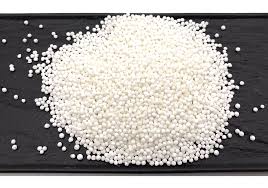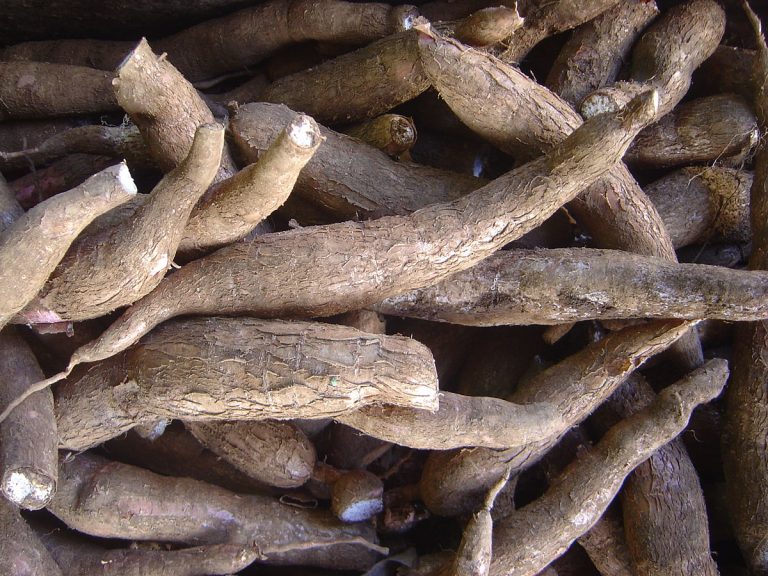Tapioca flour, tapioca pearls or tapioca starch: What is the use of the cassava root powder and are there regional alternatives to the binding agent from South America?
What is tapioca flour?
Tapioca is a by-product of making cassava flour. It is very fine and has a consistency like wheat flour or powdered sugar. It is pure starch and is also called tapioca flour, tapioca flakes or tapioca starch. The cassava plant originally comes from South America, especially from Brazil. It now grows in all areas with a tropical or subtropical climate.
Use of tapioca flour
Many Asian recipes, especially desserts, include tapioca pearls. If you soak them, they make, for example, a pudding similar to rice pudding or bubble tea.
In Brazil you can find tapioca flour in the form of crêpes on the daily menu. These are usually served as breakfast – from savory to sweet. The advantage of tapioca flour is that it does not require any fat for frying. The substance reacts with heat and automatically turns into a kind of pancake.
Tapioca flour is gluten-free and tasteless. So it’s no wonder that you find it mostly in gluten-free recipes.
It is also popular as a binding agent for sauces, soups and desserts. Tapioca is also used as a binding agent in the manufacture of tablets and gummy bears.
Regional alternatives to tapioca flour
If you pay attention to your ecological footprint, you should not use the cassava root and its flour, because: the long transport to Germany already makes tapioca flour a climate sinner. However, the cassava plant withstands periods of drought well, which keeps its water consumption within limits.
However, that doesn’t mean there aren’t alternatives to tapioca flour. Because even before the Brazilian root was widespread in our latitudes, grandmas and co. used corn starch or potato starch to thicken their sauces. These are good regional alternatives to tapioca and are also gluten-free.
You can use corn or potato starch to thicken sauces just like tapioca starch. You can also transfer the quantities 1:1. You shouldn’t notice any difference in taste, since both tapioca flour and corn and potato starch are tasteless.
However, Brazilian crêpes cannot easily be made from regional alternatives. This is because corn or potato starch does not melt in the same way that tapioca flour does.
If you do have to use tapioca flour, then make sure it is organic. Organic cultivation largely avoids the use of pesticides. You can get tapioca flour in organic quality in the organic market or in the health food store. Most Asian stores do not carry organic products.

